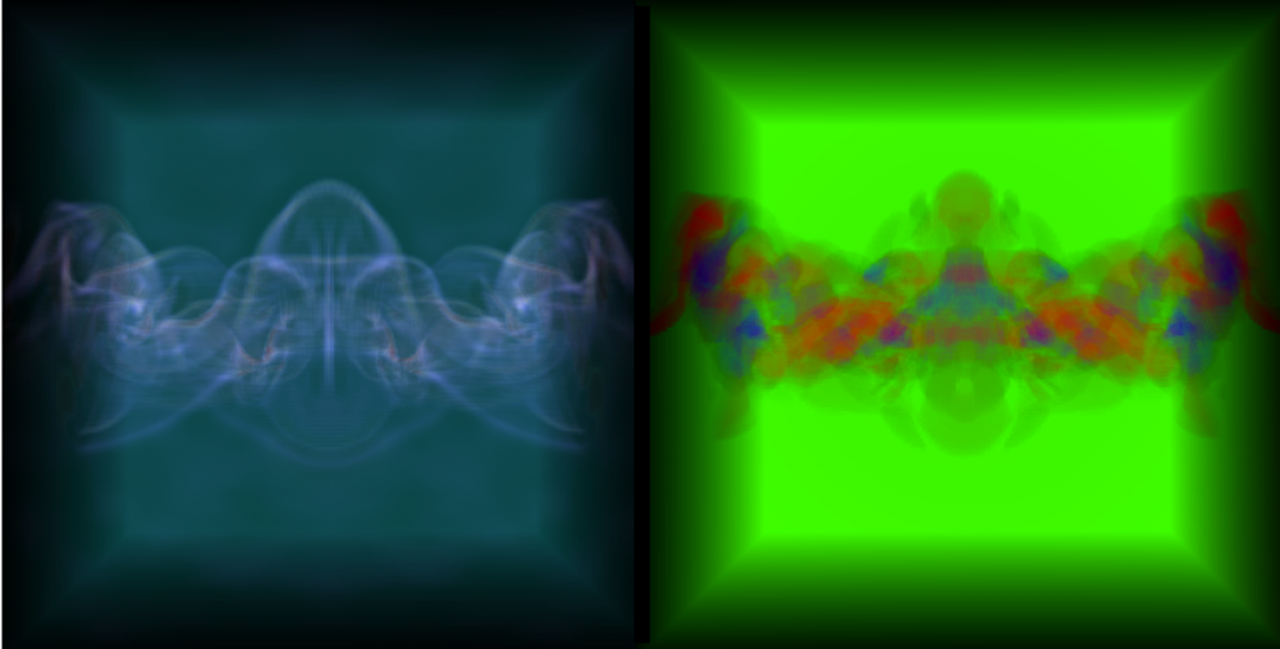|
|
||||||||||||||||||
A Novel Method for Tracking Tensor-based Regions of Interest in Large-Scale, Spatially-Dense Turbulent Combustion Data
Authors: Luciani, T., Maries, A., Tran, H., Nik, M., Yilmaz, S. L., Marai, G. E.
Publication: IEEE Visualization 2012 Poster Abstracts with System Demonstration, pp. 1-2 In visualization of tensor data associated with turbulent combustion simulations, the datasets we have to process and visualize are typically enormous in size and continue to grow exponentially. The large amount of data may severely affect the manipulating speed, thus posing a major challenge to interactive visualization. Even worse, tensor datasets tend to be very dense leading to clutter and occlusion problems. To address these issues, feature extraction is an emerging method. Typically, only a small percentage of data is of interest, thus making the effective visualization of very large datasets possible. Feature extraction also helps the users highlight and focus on regions of interest. We introduce an approach for the segmentation, visualization and tracking of regions of interest in large scale tensor field datasets generated by computational turbulent combustion simulations. We use canopy clustering followed by a K-means algorithm to partition and cluster the tensor field components. The resulting clusters are tracked through multiple timesteps. Interactive, hardware-accelerated volume renderings are generated using the cluster indices. Results on two rich datasets show this approach can assist in the visual analysis of combustion tensor fields. A great deal of research has been conducted on the problems of feature extraction and tracking, as well as in characterizing, detecting and visualizing regions of interes. The method we present herein is novel in that it integrates machine learning with visualization for extracting and clustering regions of interest. It is thus a promising approach to apply to very large flow datasets. Date: October 1, 2012 Document: View PDF |